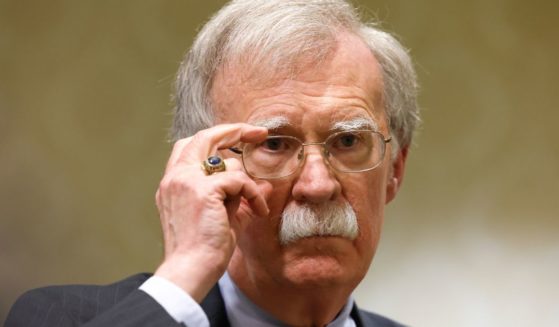Nicaragua's Economy Is Being Devastated by Riots - Could This Be the Next Venezuela?
Riots that began in the streets of Nicaragua on April 18 — riots of a population angry at the socialist government of Daniel Ortega — have left hundreds dead after the regime’s police brutally repressed protesters.
Reports from the Human Rights Watch estimate that between 322 and 481 people have died in the protests since April, with thousands more injured, as well as hundreds of missing persons, continual reports of unjustified dismissals, political prisoners, and torture.
This wave of violence and political instability has already had effects on the Nicaraguan economy. The economy has begun to plummet and is forecasted to continue to fall sharply in the upcoming months.
According to estimates by the Nicaraguan Central Bank, the initial 4.9 percent growth forecast in the gross domestic product for 2018 could fall as low as 1 percent if the protests continue to disrupt daily life. The bad news for the economy doesn’t stop there. According to the NCB, as of June 27, losses were estimated at $430 million, and end of year inflation landing between 6.5 percent and 8.5 percent.
Commerce, which had shown dynamism in 2017, has also been affected by citizen insecurity and the terror caused by the assaults, looting, and raids of young people by the police and paramilitary forces. Many people are holding back from purchasing anything beyond basic needs. The losses in the sector are estimated at more than 700 million dollars, not including the tax revenues that the Nicaraguan government has failed to receive in months.
With the economic damages, companies have opted to reduce their workforce or even close their businesses indefinitely, thousands of dozens of jobs have already been lost and it is estimated that in the coming months the situation will worsen. According to a recent survey conducted by the American Chamber of Commerce of Nicaragua, 60 percent of its members had to reduce the number of their workers by between 1 and 10 percent.
Most of these layoffs took place last August, but in the next three months there could be another significant reduction in staff. At least seven out of every ten AmCham affiliates said they are planning to cut back on their investments, which reveals the harsh scenario that lies ahead for the citizens of the Central American country.
To get an idea of the complexity of the situation, it’s estimated that as a side effect of the crisis, open unemployment — which hovered around 90,000 people in 2009 — could rise to 215,000, a figure equivalent to more than ten percent of the active economic population in a country of just seven million inhabitants and with a structural underemployment of 70 percent.
The Nicaraguan Foundation for Economic and Social Development gave a more pessimistic overview of the country’s future situation, projecting two different scenarios depending on how the crisis is resolved.
The entity points out that if a solution is negotiated before the end of July, Nicaragua’s economic growth rate would contract by 0.03 percent and $638 million in value added would be lost compared to the figures for 2017. However, if there is no political will on the part of the government to talk dialogue with the protestors, as has been happening, the growth rate would be reduced by 5.6 percent and $1.4 billion in value added would be lost compared to last year. All this in an economy that barely reaches $13 billion.
At the regional level, trade with Central America was affected by the presence of more than 140 roadblocks of peasants and students. Almost 5,000 cargo vans were stranded for weeks on the main routes of the country. At this point, traffic is temporarily being allowed to advance.
The question many ask is whether Ortega will repeat the example of Maduro in Venezuela, whose fall was seen as imminent. However, there is not much chance that this will happen. Ortega is more vulnerable to external pressures, and the international community, especially in Latin America, has responded sooner than in the hesitations over Venezuela. Economic and human interdependence in the Central American sub-region is stronger, and the support of neighboring countries for the OAS resolution, with El Salvador’s only abstention, anticipates its reaction.
Many social sectors included as key players in the Sandinista revolution repudiate Ortega, and the persecution of the Catholic Church galvanizes resistance inside and outside Nicaragua. With the population more united around the demand for justice and democratization, Ortega has no plausible chance of returning to his model of authoritarian stability, therefore, it’s only a matter of time until he falls.
The views expressed in this opinion article are those of their author and are not necessarily either shared or endorsed by the owners of this website. If you are interested in contributing an Op-Ed to The Western Journal, you can learn about our submission guidelines and process here.
Truth and Accuracy
We are committed to truth and accuracy in all of our journalism. Read our editorial standards.
Advertise with The Western Journal and reach millions of highly engaged readers, while supporting our work. Advertise Today.











